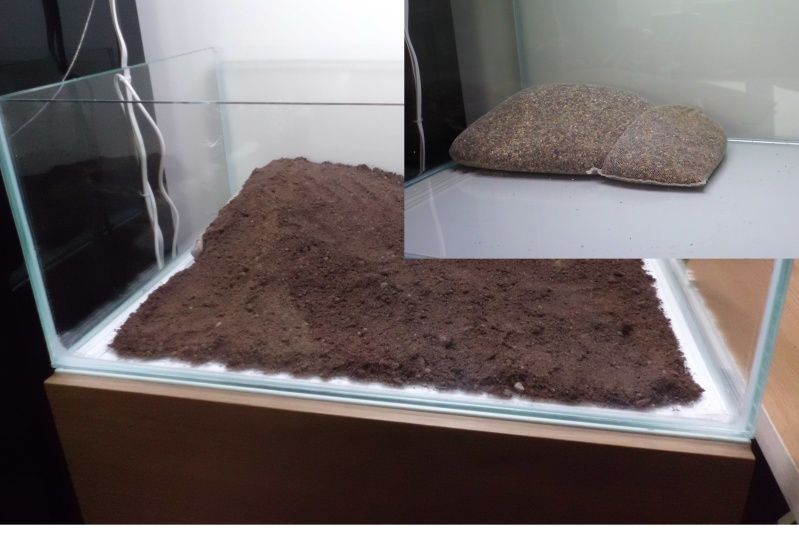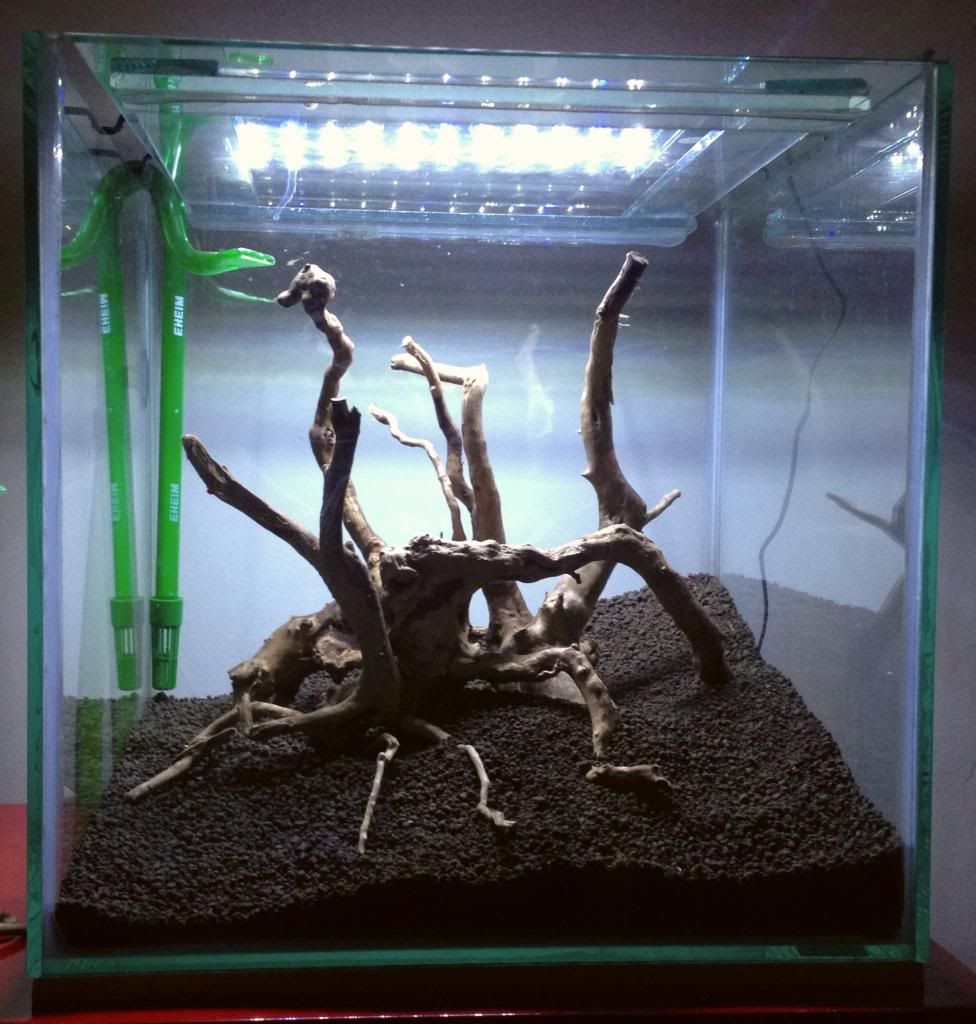hi keith,........not read any books nor write up about UGF. i learned about UGF being used in planted tank
because it was introduce in the local forum by planted tank hobbyist who are many years ahead of me.
ours is diy using 1/2 pvc water pipe. slit it with a deep of about half an inch and with a space of about an 1/2 or an inch
every slit. what we do to avoid clogging we cover it with 2 to 3mm pebbles. btw, we as soon as it is ready we assemble the
pvc with slits face down the glass bottom. i hope i can find pics of what i am talking here. one good result is crystal clear
water as can be seen in my sample scape.
UGF being sold in the pet shops are quite different from pvc UGF. but 2years ago, i heard and later saw almost same
was being marketed because one of our co-hobbyist introduce our diy ufg in one of the asia planted tank forum.
i never heard about "Why plants will not grow on UGF." or "UGF are useless it kills plants and fish." from local planted tank
hobbyist about it.............what i know is that UGF will tend to compact the substrate - the reason we cover it by pebbles to
slow down or delay any subs compaction. but this compaction was not experience by me. if the write or studies made the
author was true or not....how i was able to grow plants. my iaplc entry tank rank no.147. i entered the same photo in AGA
and this was the comments:
Really lush aquascape. The rock work is well done, although, I'm wishing some of the rocks on the right side were still exposed. Overall, very nice job!
Kris Weinhold
I liked seeing the progression of your tank as it matured. Although the tank is beautiful, some additional shaping of the background and addition of some type of hardscape on the right side will make this good tank ever better. Great job!






